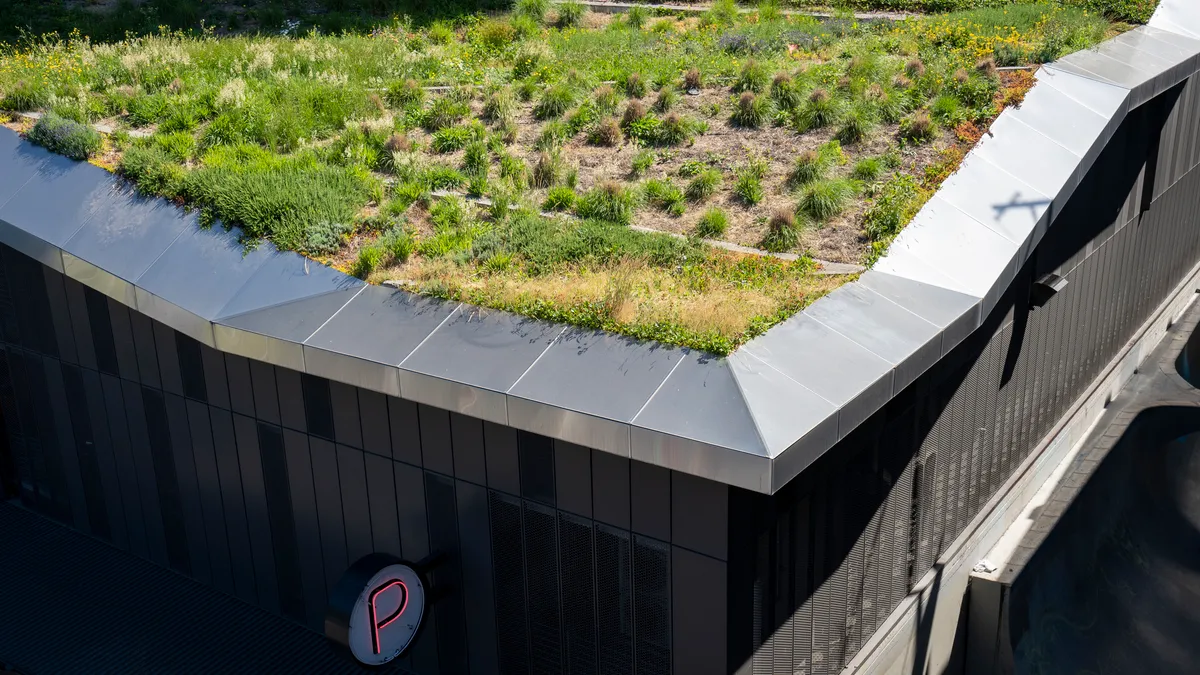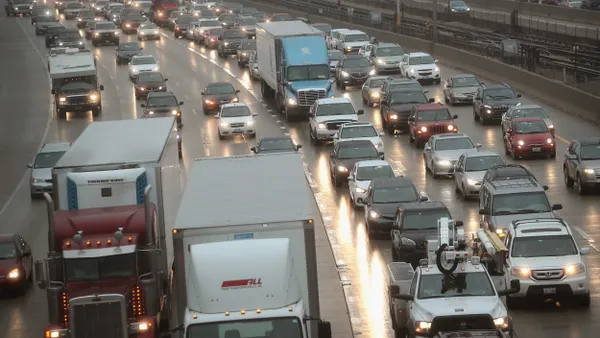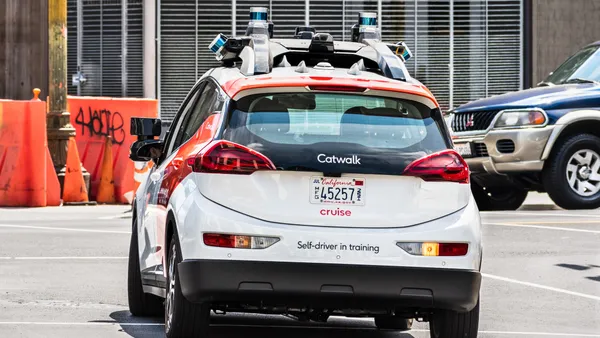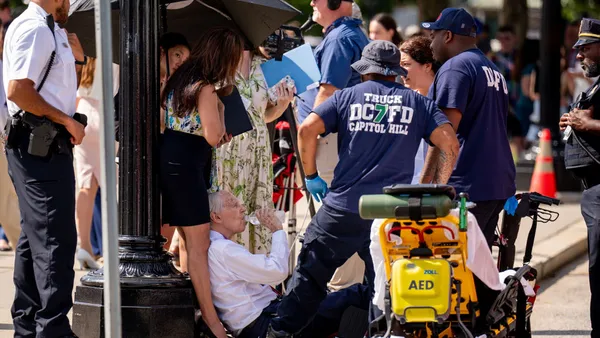The concept of the smart city is still a fluid notion with a lot of unanswered questions. There’s no agreed definition. Though it’s hard to argue that the challenges of cities are changing rapidly, with over half of the world population now living in an urban context, creating more waste, causing more congestion, and producing more greenhouse gases.
Problem-solving in urban environments now requires outside-the-box thinking. What ways can technology contribute to the quality of urban life? How can technology be infused into city operations to create a smarter, more connected city?
Whether the domain of the smart city lies in the private sector, public interest, or straddles both, Bluetooth® technology is well positioned to be a significant contributor. The Bluetooth developer community has a long history of finding new ways to address old challenges. In the same way Bluetooth opened possibilities never before imagined in audio and helped create the connected device market, Bluetooth technology is enabling solutions that are helping turn the promise of a smarter city into reality.
Bluetooth in the Smart City
More and more cities are turning to Bluetooth technology to help solve one of the most visible consequences of urban population growth — transportation and traffic congestion.
Sensors or sensor arrays in parking spaces can identify occupied or unoccupied spaces; applications can consume that data and translate it into actionable information that makes city drivers’ lives easier. As such, government officials are turning to Bluetooth roadside traffic sensors help officials map public transportation routes and allocate resources more efficiently based on demand and traffic patterns.
The Texas Department of Transportation (DOT) will soon be implementing a new Bluetooth enabled system called VeriRide that can identify vehicles eligible for a toll refund in the high-occupancy vehicle (HOV) lane. Using the Carma app, each person in a vehicle who has downloaded the app can be automatically counted as an occupant when traveling the HOV lanes on toll roads. The Texas DOT plans to monitor the program’s implementation in North Texas for possible deployment statewide.
And this year, Shanghai Metro, one of the largest metro networks in China, started a new ridership payment option that creates a seamless, smart city experience for passengers. The whole metro network now supports and implements Bluetooth enabled QR code scanning for inbound and outbound metro stations at the gate. Passengers simply download and launch the
Metro Daduhui (Chinese for metropolitan) app, which automatically generates a QR code that can be placed over the reader to gain quick access through the gate. Unlike traditional online QR Code payments, Shanghai Metro’s use of Bluetooth ensures that the app works every time — even when outside cellular service range.
Bluetooth is even becoming a key partner for bike sharing, which is doing its part in relieving traffic congestion by providing an alternative means to navigate cities over distances not normally walkable. Recently, Mobike, one of biggest sharing bike companies in China, launched a Bluetooth unlock function for its app. Similar to Shanghai Metro’s ridership option, the Mobike app automatically generates a QR code that can be used to easily unlock Bluetooth smart locks, such as those used by Amazon or Chinese Jing Dong e-mall. The unlocking process is simple and not dependent on cellular coverage for access. Future advancements will likely
incorporate Bluetooth beacon technology to help users easily identify and access nearby bikes.
It Starts with the Smart Building
The smarter the buildings, the smarter the city. Already, Bluetooth technology is effectively being used in city venues — from airports to stadiums to massive shopping and entertainment complexes — around the globe. Bluetooth beacons are helping these venues guide visitors to where they need to be and provide them with a more personalized and fulfilling experience.
City streets and highways aren’t the only places experiencing congestion. Recently, Gatwick Airport installed around 2,000 beacons in two terminals, creating an indoor navigation system more reliable than traditional GPS. The system not only guides visitors through the airport, but it can also provide added benefits, such as real-time gate change and departure delay
notifications and promotional messages for nearby passengers. According to Unacast Proxbook, 84% of global airports will be using location services by 2019.
Levy Stadium installed more than 2,000 battery-powered Aruba beacons at 100-feet intervals across the stadium. These beacons provide indoor navigation services to get fans to their seats quickly, help visitors order food and track order delivery to their seats, and access on-demand team and player videos and stats. Unacast Proxbook forecasts that by 2019, 93% of U.S. baseball stadiums will deploy location services.
Mall of America is even leveraging the power of Bluetooth beacons to empower customer navigation and improve their overall guest experience. With a Bluetooth beacon infrastructure in place, guests can easily find their way around the mall while gaining access to additional information, such as store hours and estimated time of arrival. “We are truly a small city,” Janette Smrcka, information technology director for Mall of America. “Any logistical challenge you have in any city, we have. Being able to leverage those types of things to help our facility operate more efficiently could save us thousands if not millions of dollars. We’re really excited about what Bluetooth could open up for us in the future.”
Smart City Management
What truly defines a smart city and who will shape that definition is still open for discussion. Regardless, Bluetooth has already been identified as a key technology that will support smart city infrastructures for decades to come.










